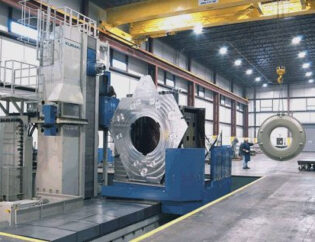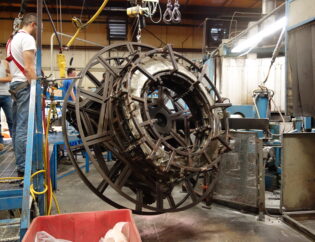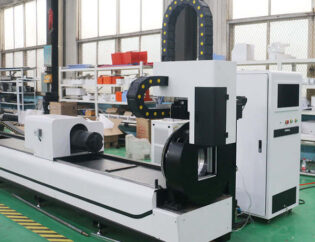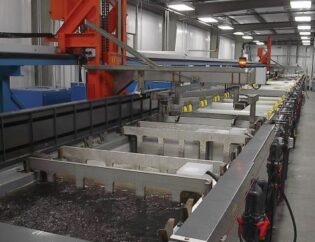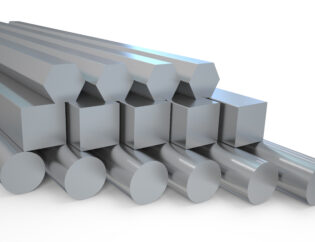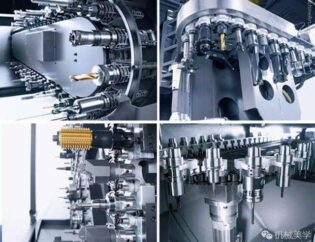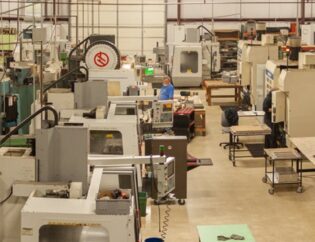In recent years, desktop metal 3D printing has revolutionized the manufacturing landscape, offering unprecedented accessibility and efficiency. This technology empowers designers and engineers to create complex metal parts with precision, significantly reducing lead times and costs. As industries increasingly adopt additive manufacturing, understanding its capabilities becomes essential for staying competitive.
This guide delves into the intricacies of desktop metal 3D printers, exploring their mechanisms, materials, and applications. Readers will gain insights into the advantages of this technology, including its impact on prototyping and production. Additionally, we will cover best practices for operation and maintenance, ensuring users can maximize their investment.
By the end of this guide, readers will be equipped with the knowledge to navigate the world of desktop metal 3D printing confidently. Whether you are a hobbyist, engineer, or business owner, this comprehensive resource will enhance your understanding and inspire innovative applications in your projects.
Desktop Metal 3D Printers: Defining the Future of Additive Manufacturing
Desktop Metal is revolutionizing the world of manufacturing with its innovative 3D printing technologies. By focusing on Additive Manufacturing (AM) 2.0, Desktop Metal aims to make metal 3D printing accessible, efficient, and cost-effective for various industries. This guide will delve into the technical features, types of metal 3D printers, and the advantages they offer, providing a comprehensive overview of this transformative technology.
Comprehensive Insights into Desktop Metal 3D Printing
Desktop Metal’s 3D printers are designed to cater to a wide range of applications, from prototyping to mass production. The company offers several platforms, including the Production System™, X-Series, Shop System™, and Studio System™, each tailored to specific manufacturing needs. These systems utilize advanced technologies such as Binder Jetting and Bound Metal Deposition, enabling the production of high-quality metal parts with intricate geometries.
Technical Features of Desktop Metal 3D Printers
The following table summarizes the key technical features of Desktop Metal’s 3D printing systems:
| Feature | Production System™ | X-Series | Shop System™ | Studio System™ |
|---|---|---|---|---|
| Technology | Binder Jetting | Binder Jetting | Binder Jetting | Bound Metal Deposition |
| Build Volume | Large | Medium | Medium | Small |
| Material Compatibility | Metals, Ceramics | Metals, Ceramics | Metals | Metals |
| Layer Resolution | High | High | Medium | High |
| Production Speed | High | Medium | Medium | Low |
| Post-Processing | Sintering | Sintering | Sintering | Sintering |
| Office-Friendly | No | No | No | Yes |
Types of Metal 3D Printers
Metal 3D printing encompasses various technologies, each with its unique advantages and applications. The following table outlines the different types of metal 3D printers and their characteristics:
| Type | Description | Applications |
|---|---|---|
| Selective Laser Melting (SLM) | Uses lasers to melt metal powder layer by layer, creating dense parts. | Aerospace, Medical, Automotive |
| Direct Metal Laser Sintering (DMLS) | Similar to SLM but uses lower temperatures to sinter metal powders. | Prototyping, Tooling |
| Binder Jetting | Deposits a binding agent onto a powder bed, followed by sintering. | Mass production, Complex geometries |
| Bound Metal Deposition | Extrudes bound metal rods, eliminating the need for special facilities. | Prototyping, Office-friendly printing |
Advantages of Desktop Metal 3D Printing
Desktop Metal’s 3D printing solutions offer numerous benefits, making them an attractive option for manufacturers:
-
Cost-Effective Production: The systems are designed to reduce material waste and lower production costs, making them ideal for both small and large-scale manufacturing.
-
Design Flexibility: With the ability to create complex geometries, manufacturers can produce parts that are difficult or impossible to achieve with traditional methods.
-
Rapid Prototyping: The quick turnaround time for producing prototypes allows companies to iterate designs faster, reducing time to market.
-
Material Variety: Desktop Metal printers support a wide range of materials, including stainless steel, tool steel, and copper, catering to diverse industry needs.
-
User-Friendly Operation: The Studio System™ is designed for office environments, making it accessible for engineers and designers without specialized training.
Conclusion
Desktop Metal is at the forefront of the 3D printing revolution, offering innovative solutions that redefine manufacturing processes. With a focus on accessibility, efficiency, and quality, their systems are poised to transform industries ranging from automotive to healthcare. As the demand for advanced manufacturing technologies continues to grow, Desktop Metal’s commitment to innovation ensures that they will remain a key player in the additive manufacturing landscape.
FAQs
1. What is Desktop Metal known for?
Desktop Metal is known for its advanced metal 3D printing technologies that enable mass production and rapid prototyping, making metal printing accessible to various industries.
2. How does the Studio System™ work?
The Studio System™ uses Bound Metal Deposition technology, where bound metal rods are extruded layer by layer, followed by sintering to create high-quality metal parts.
3. What materials can be used with Desktop Metal printers?
Desktop Metal printers can work with a variety of materials, including stainless steel, tool steel, copper, and other alloys, catering to diverse applications.
4. Are Desktop Metal printers suitable for office environments?
Yes, the Studio System™ is designed to be office-friendly, eliminating the need for special facilities or safety equipment typically required for metal 3D printing.
5. Where can I find more information about Desktop Metal products?
You can find more information about Desktop Metal products on their official website at www.desktopmetal.com, as well as on related sites like printingatoms.com and proto3000.com.

